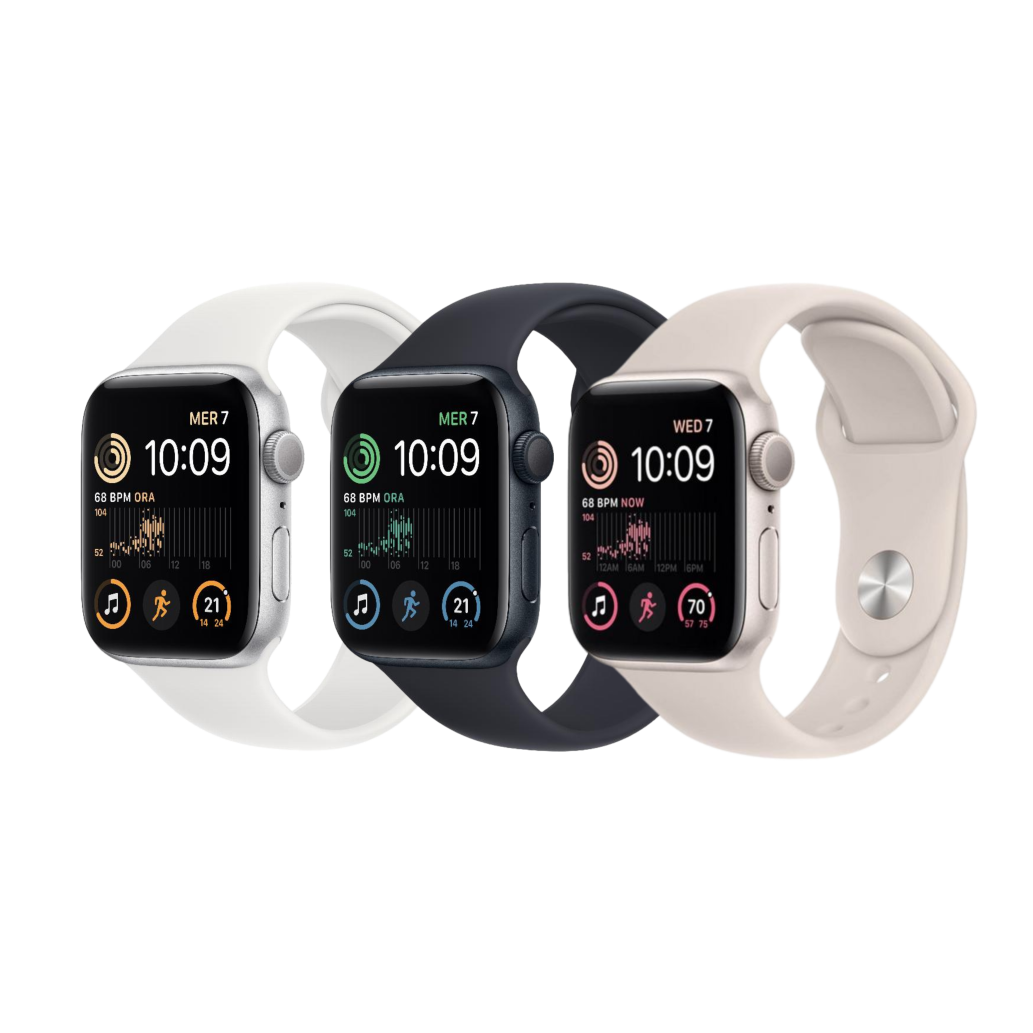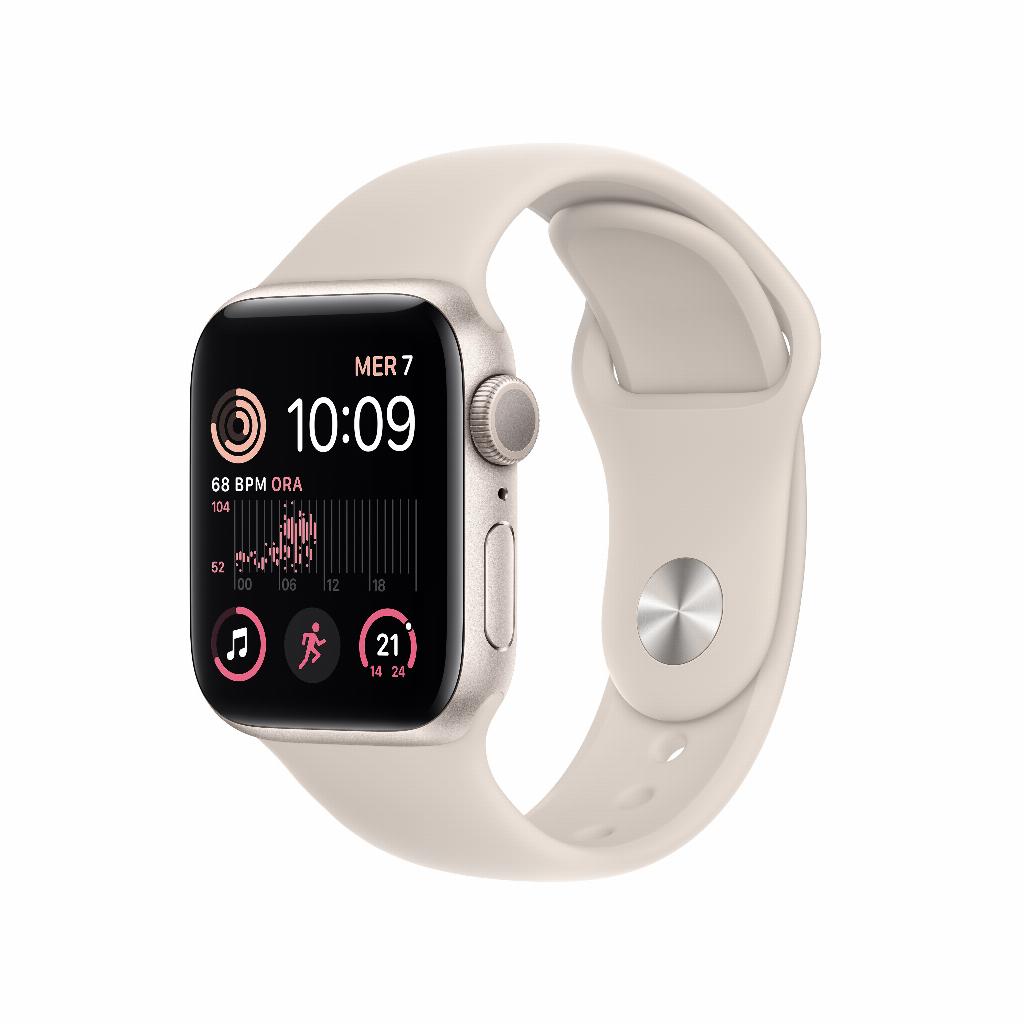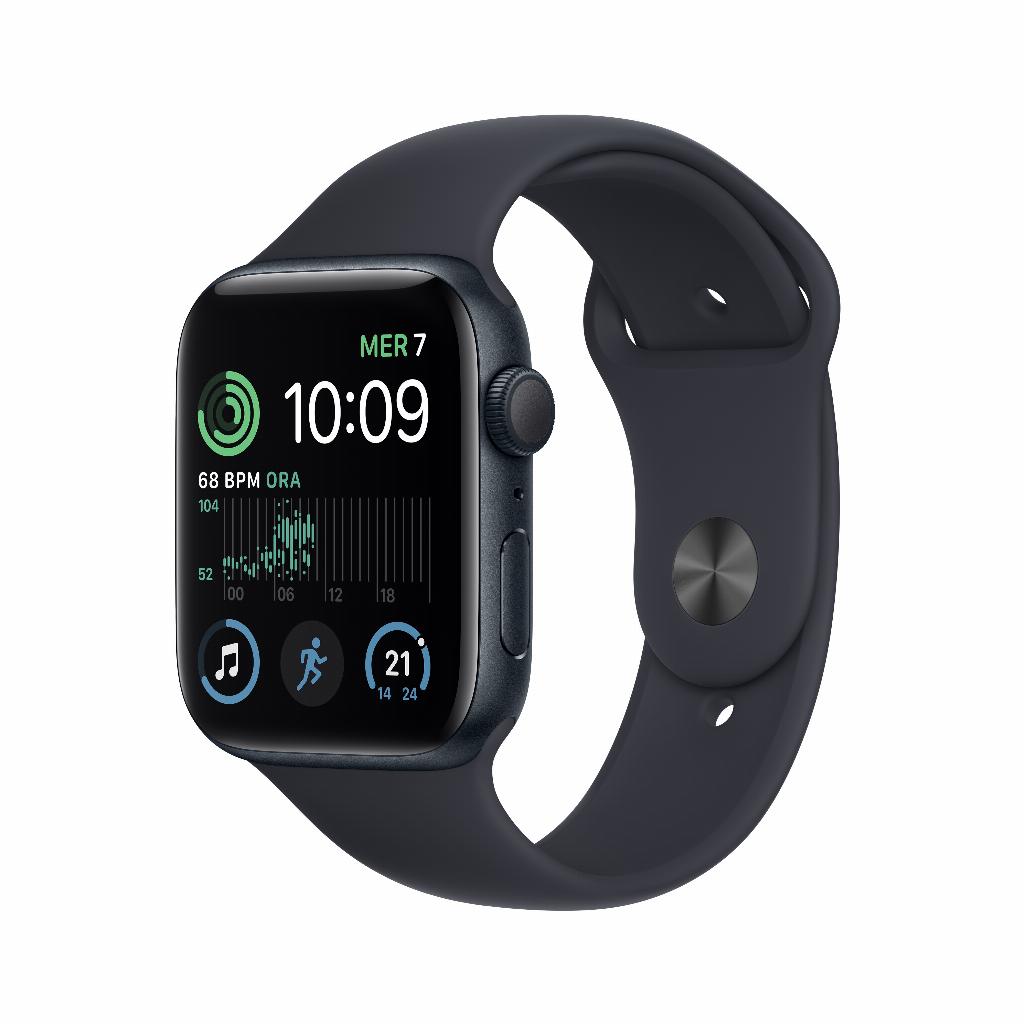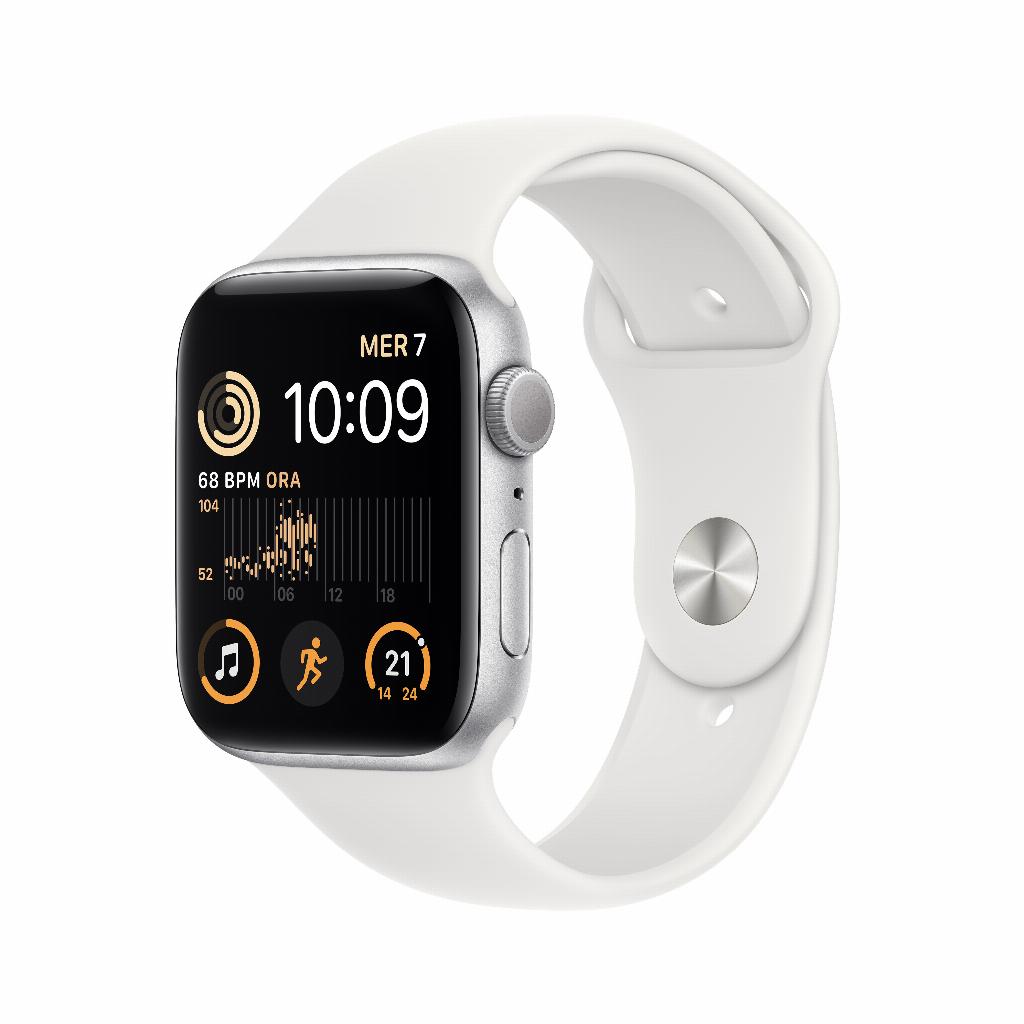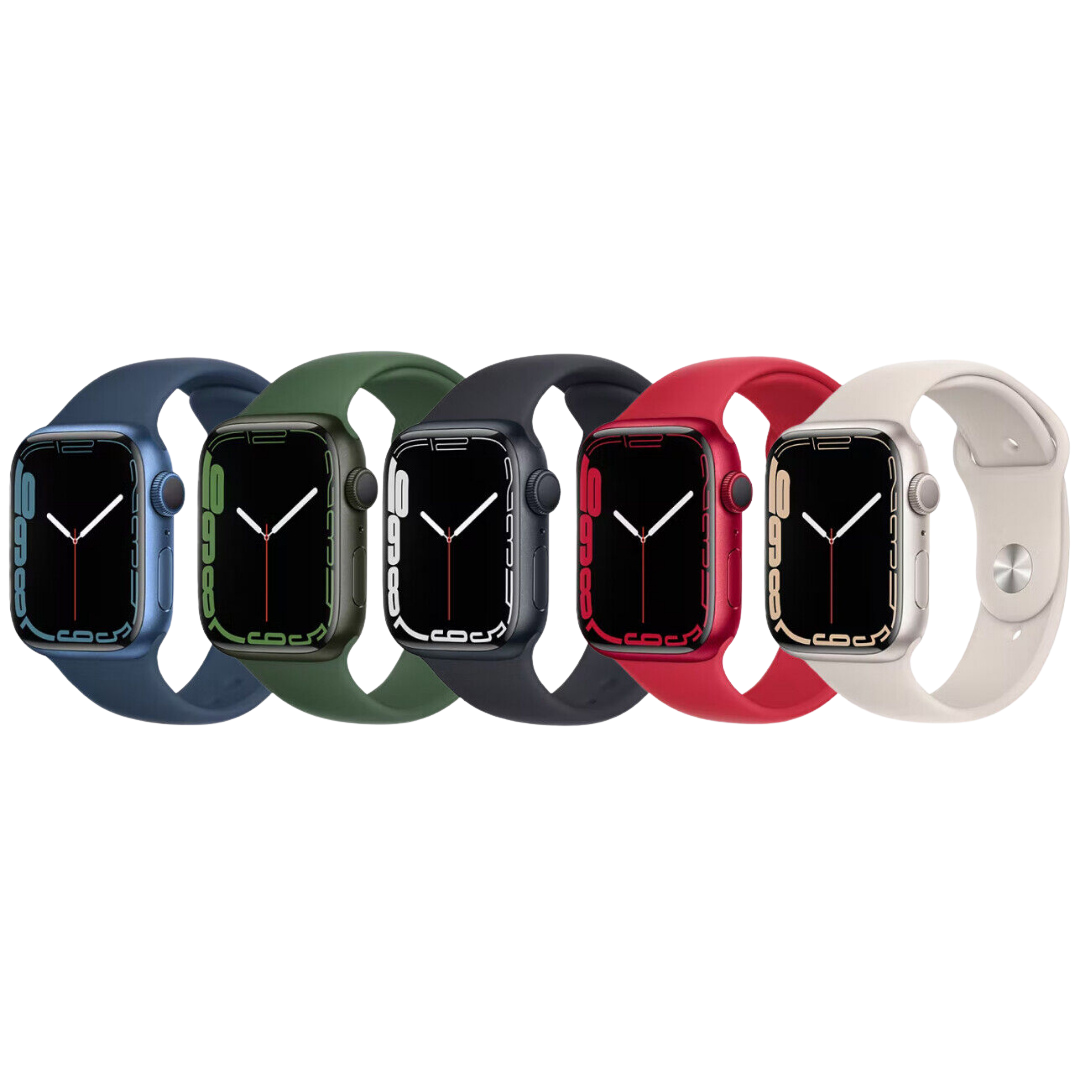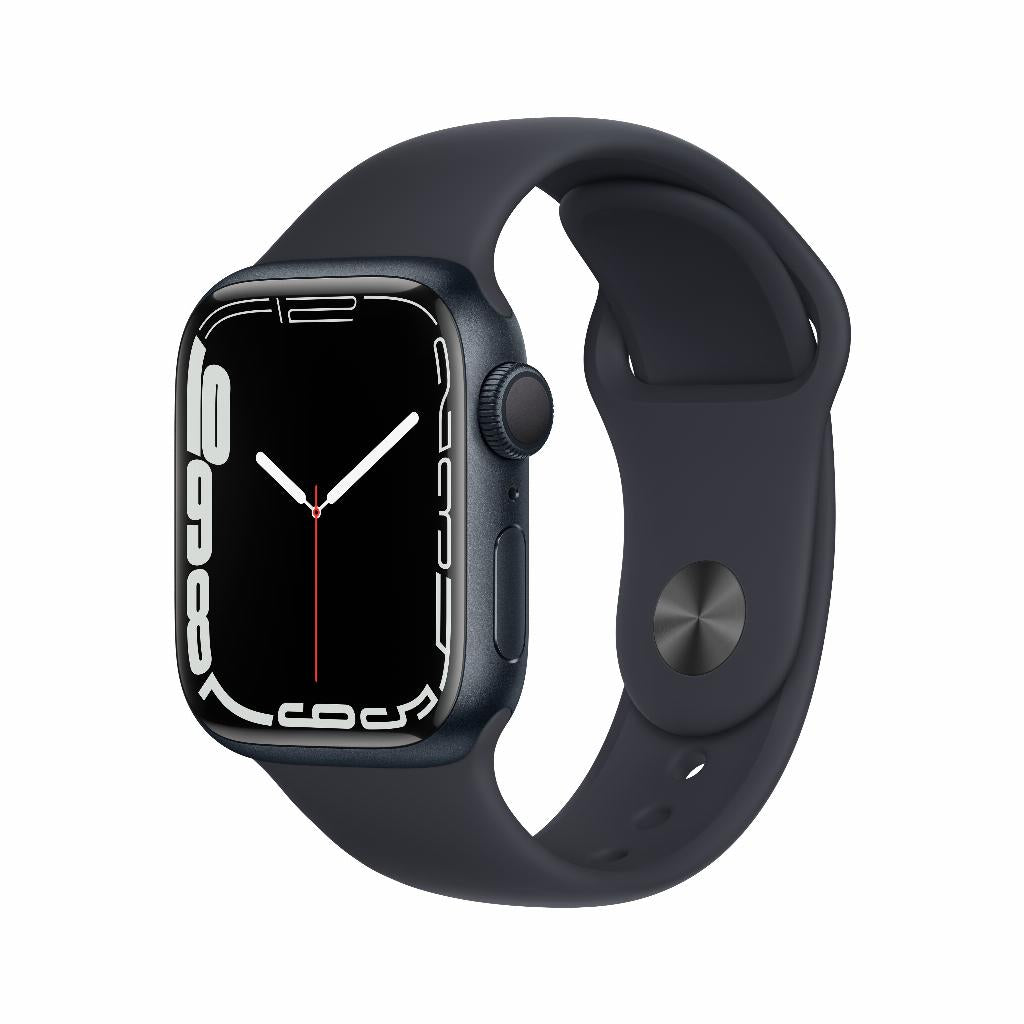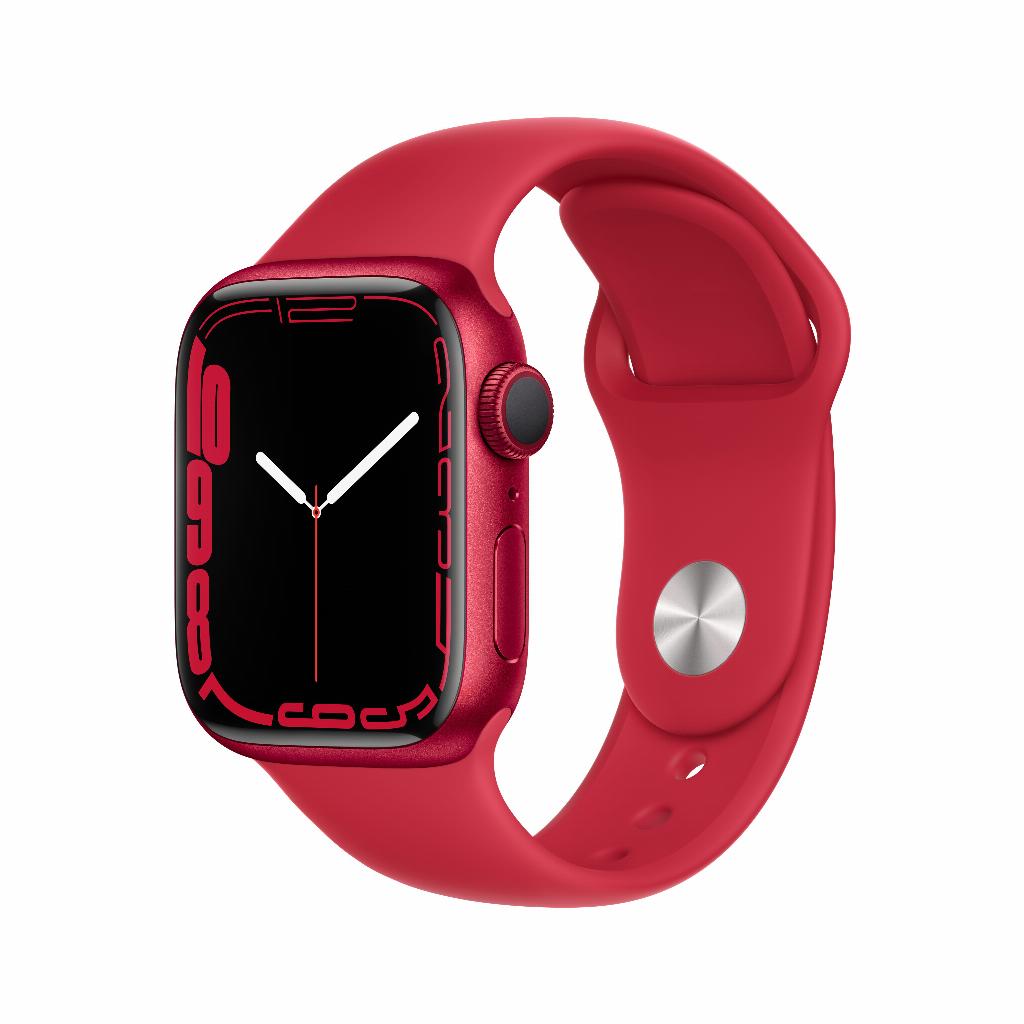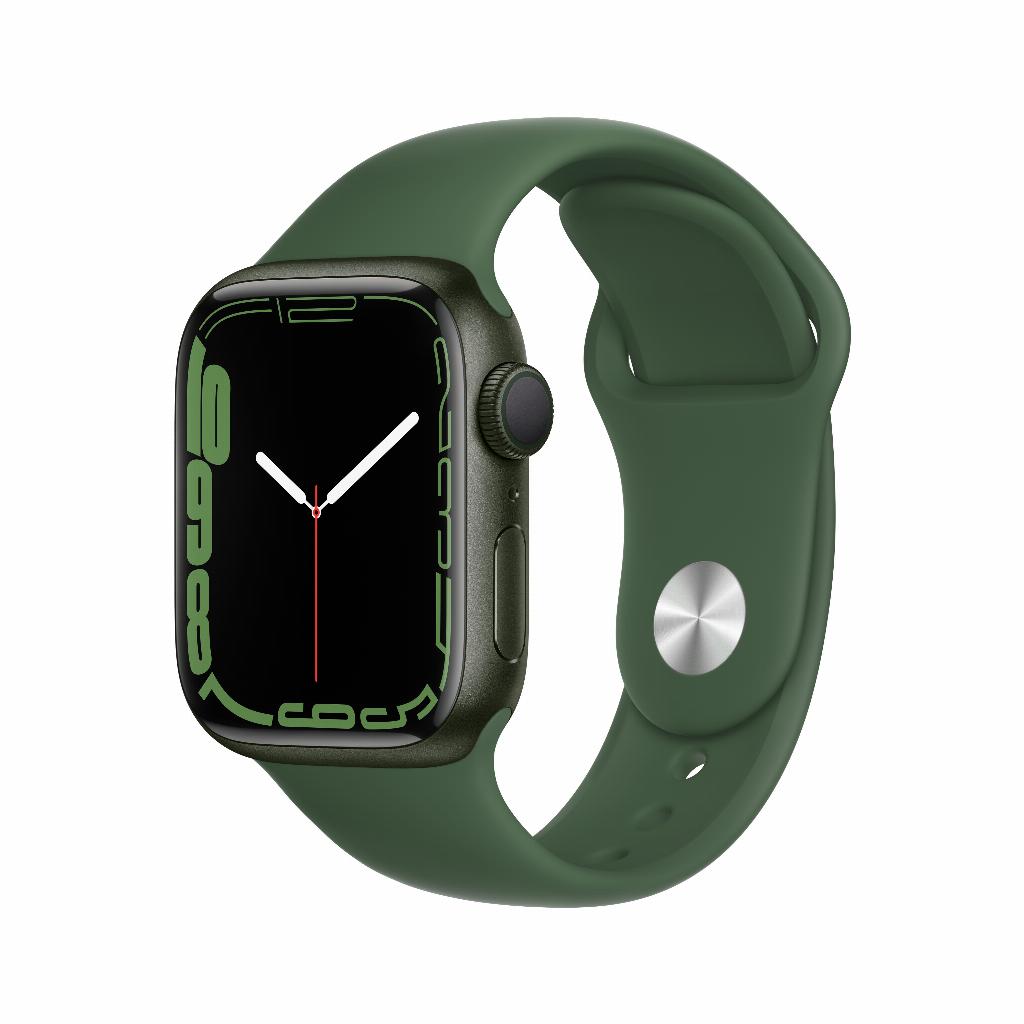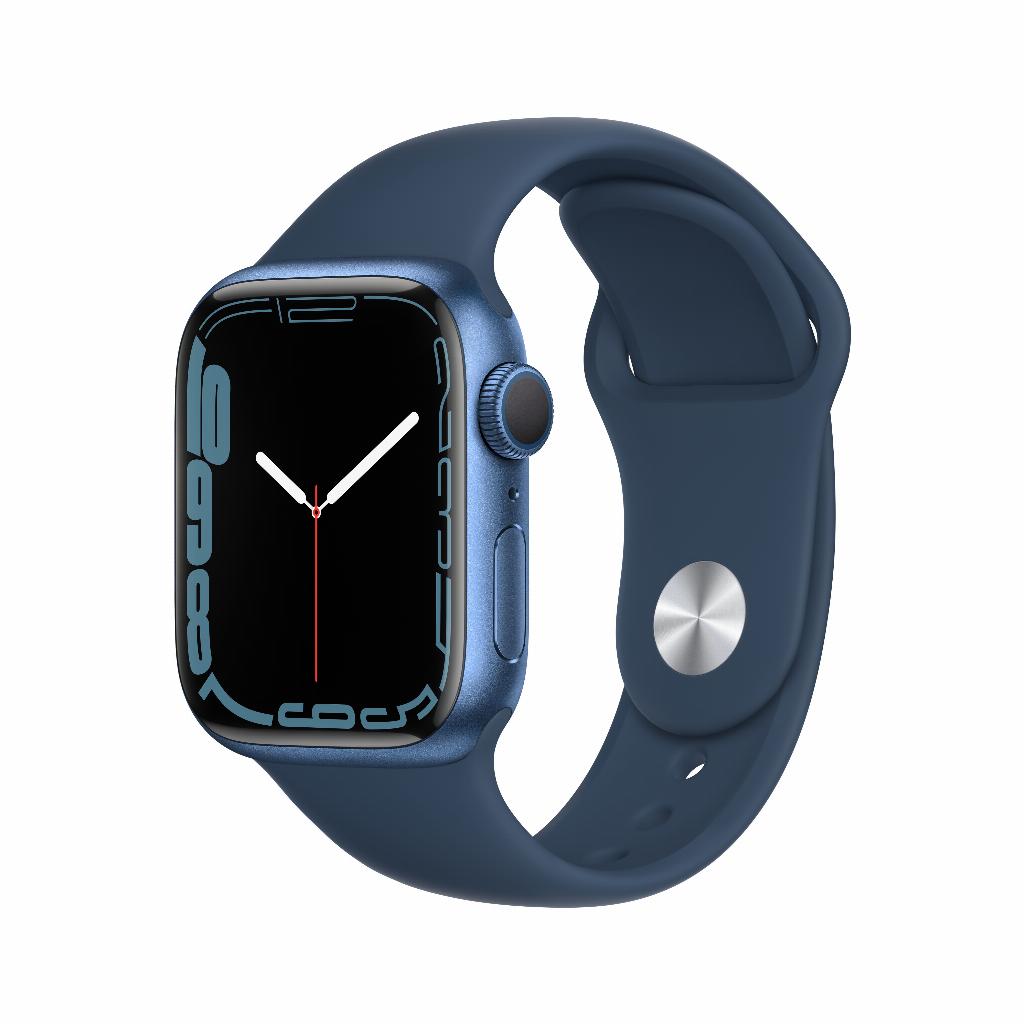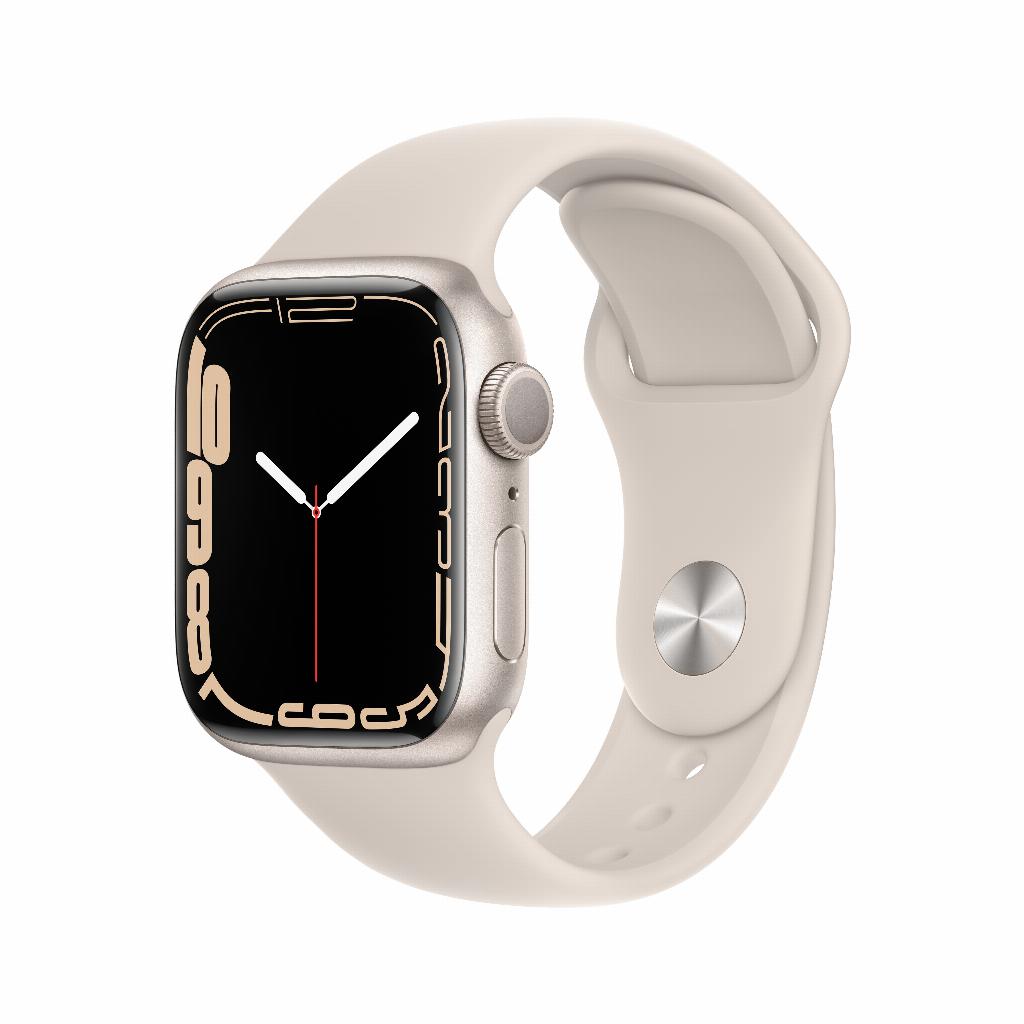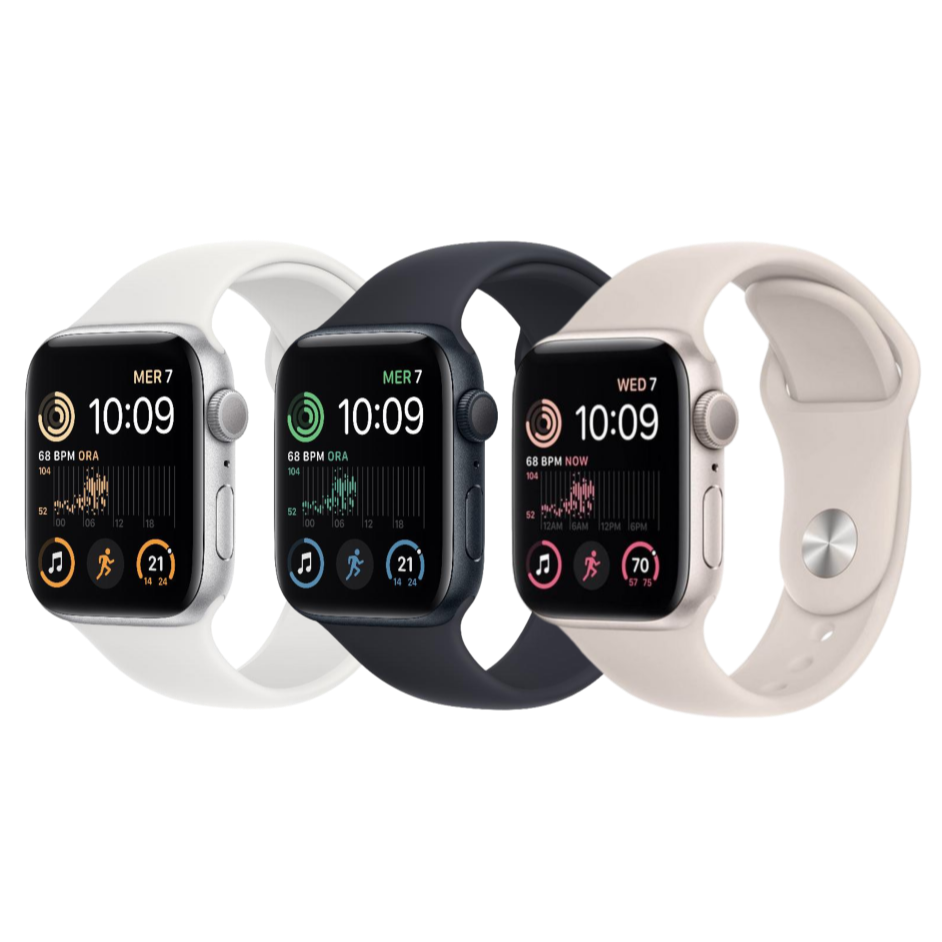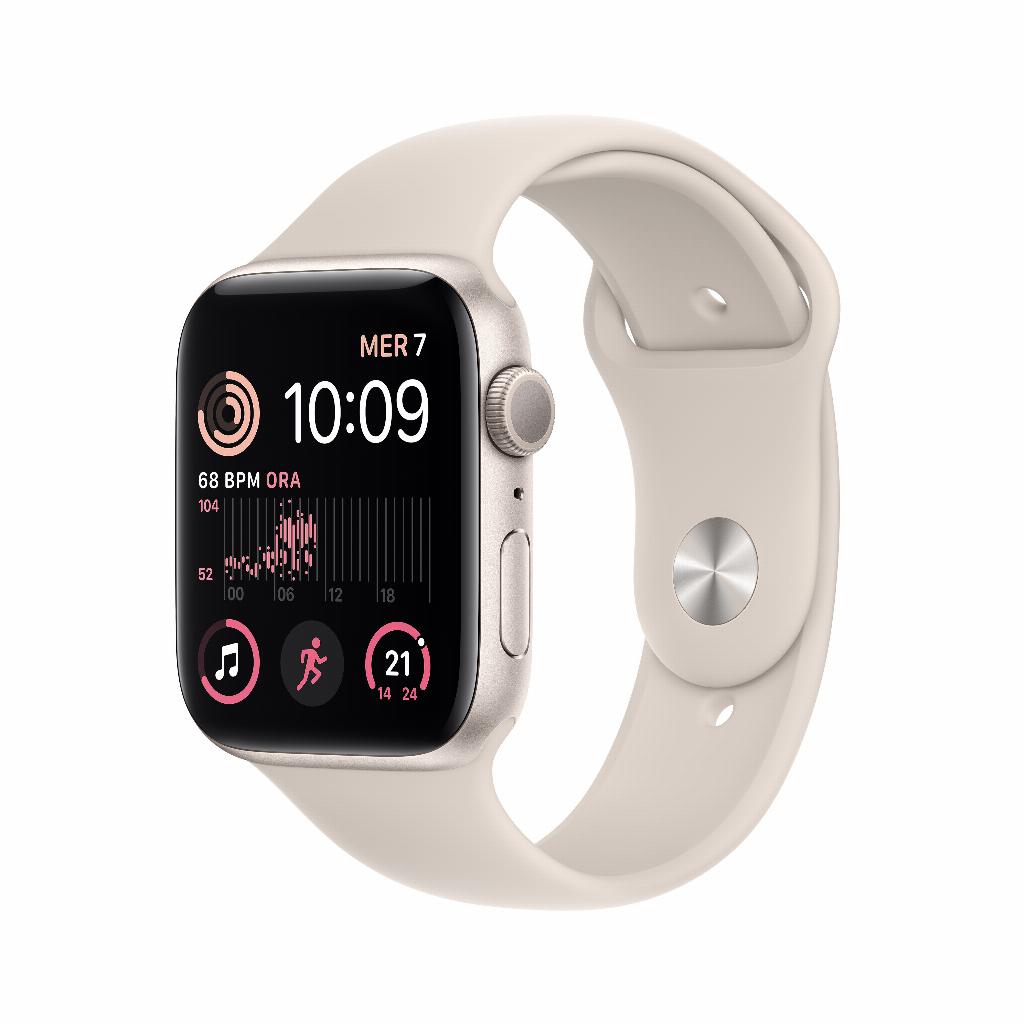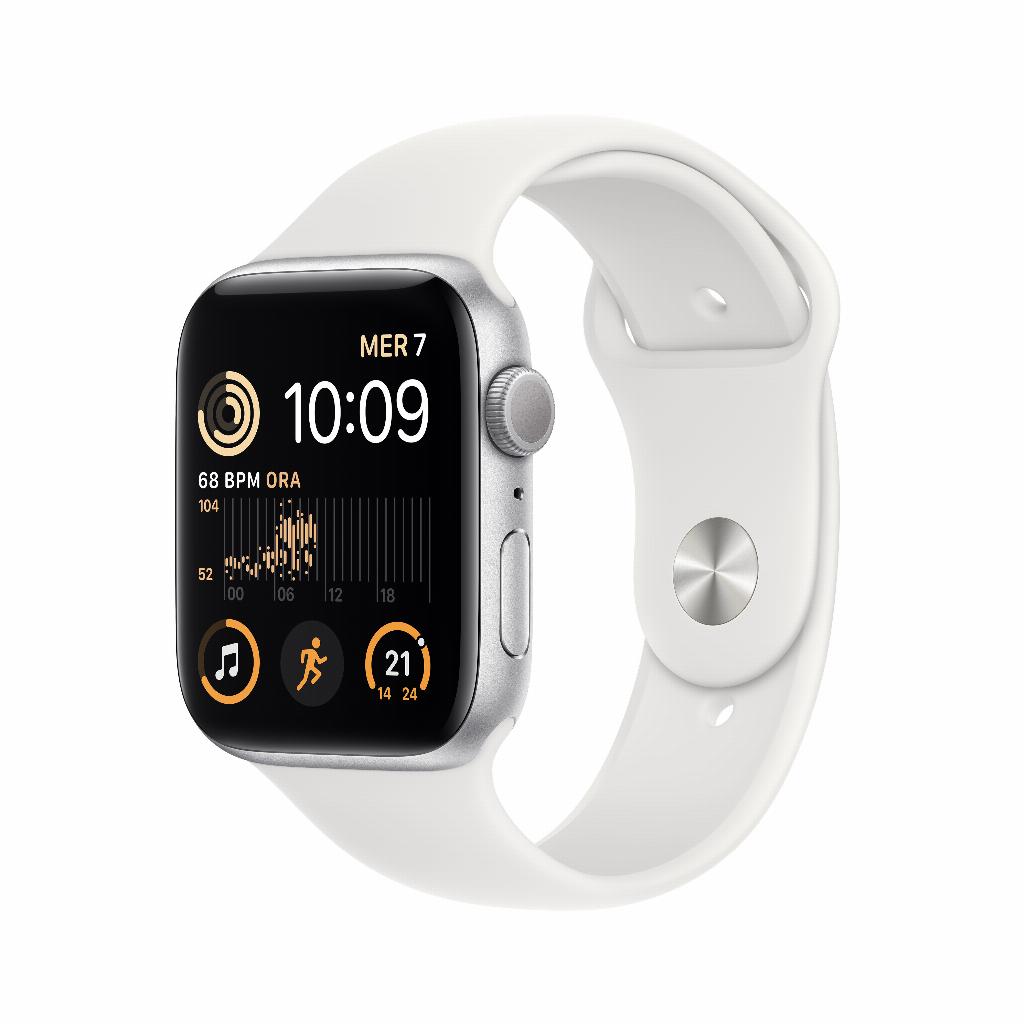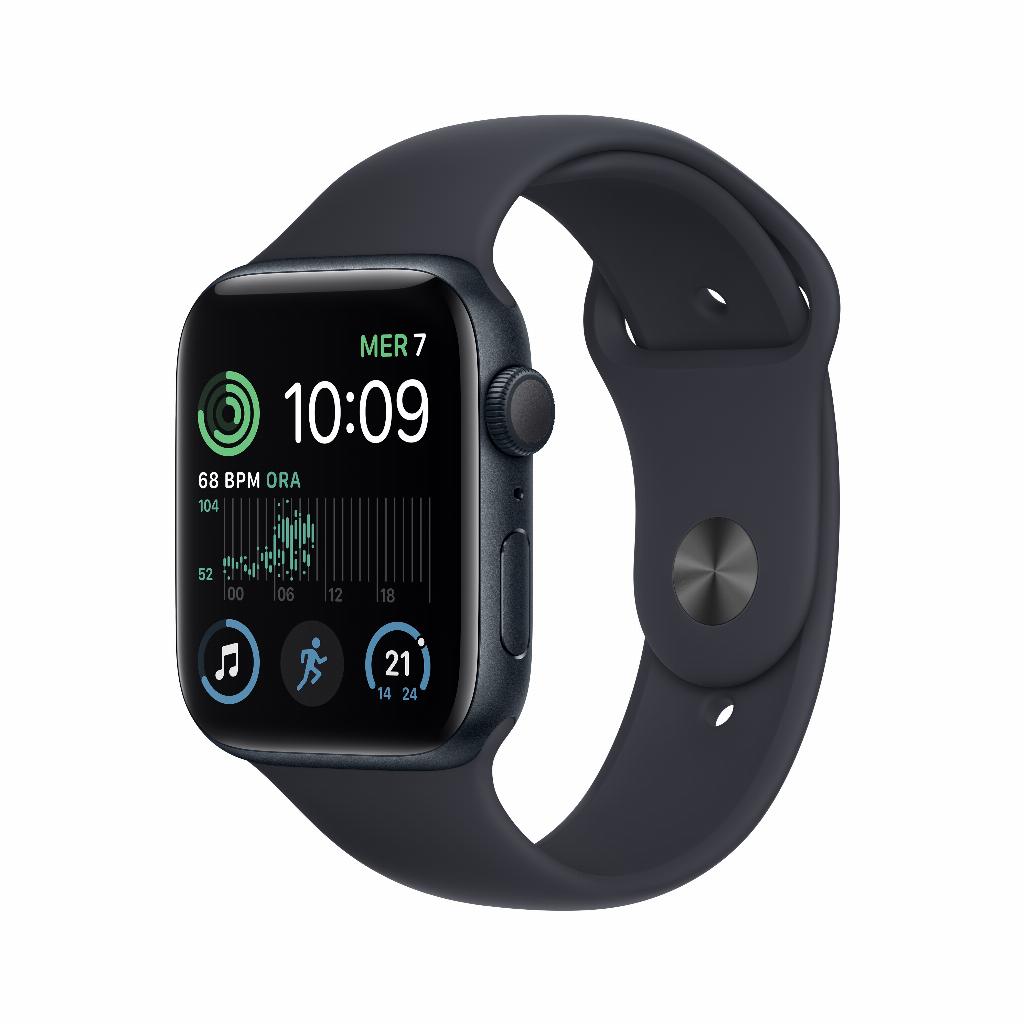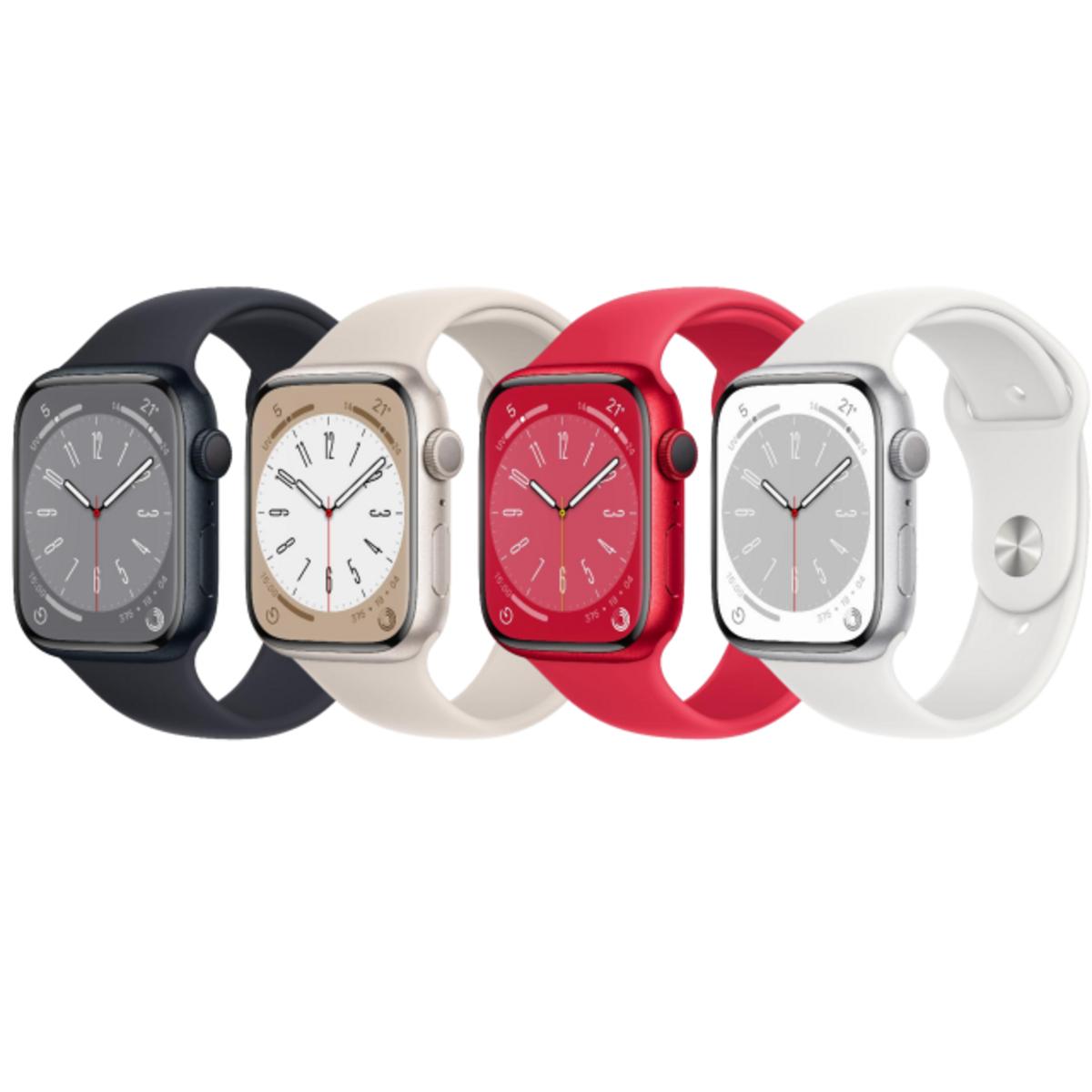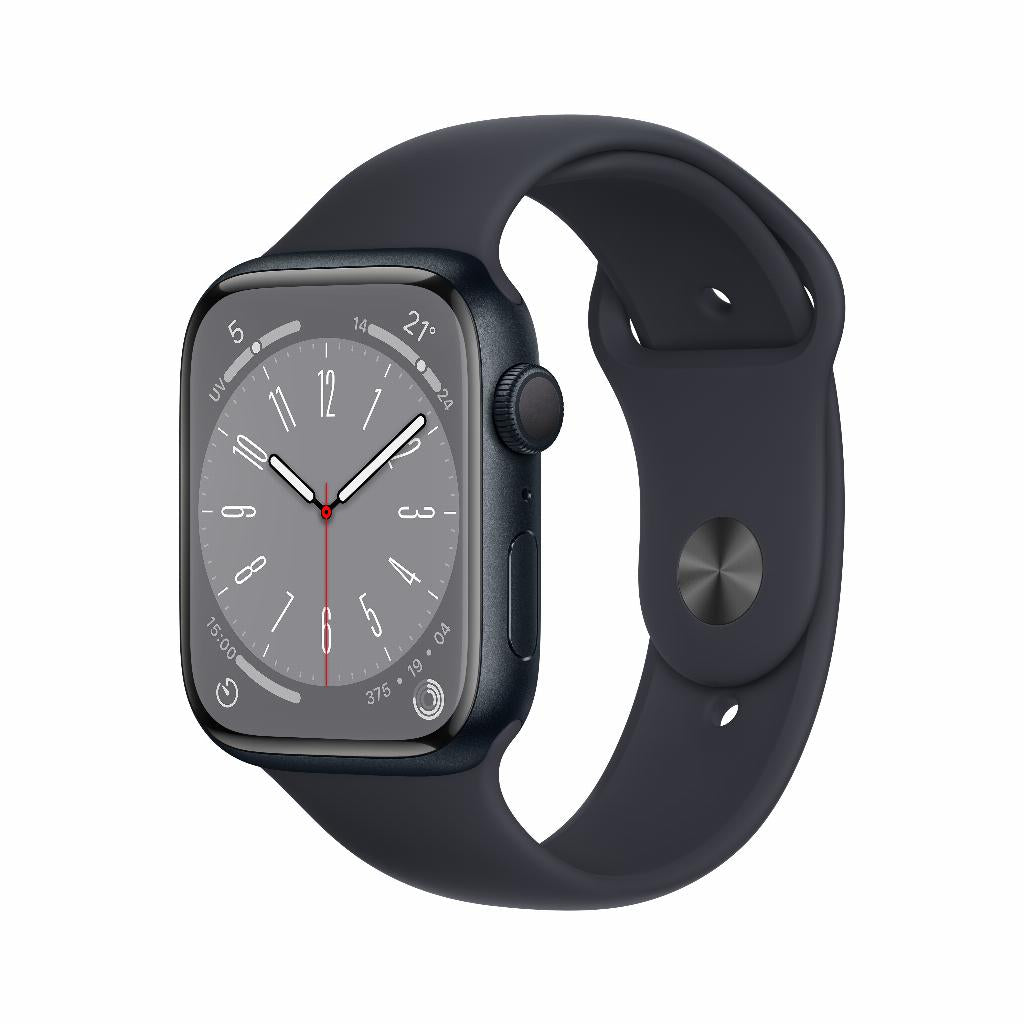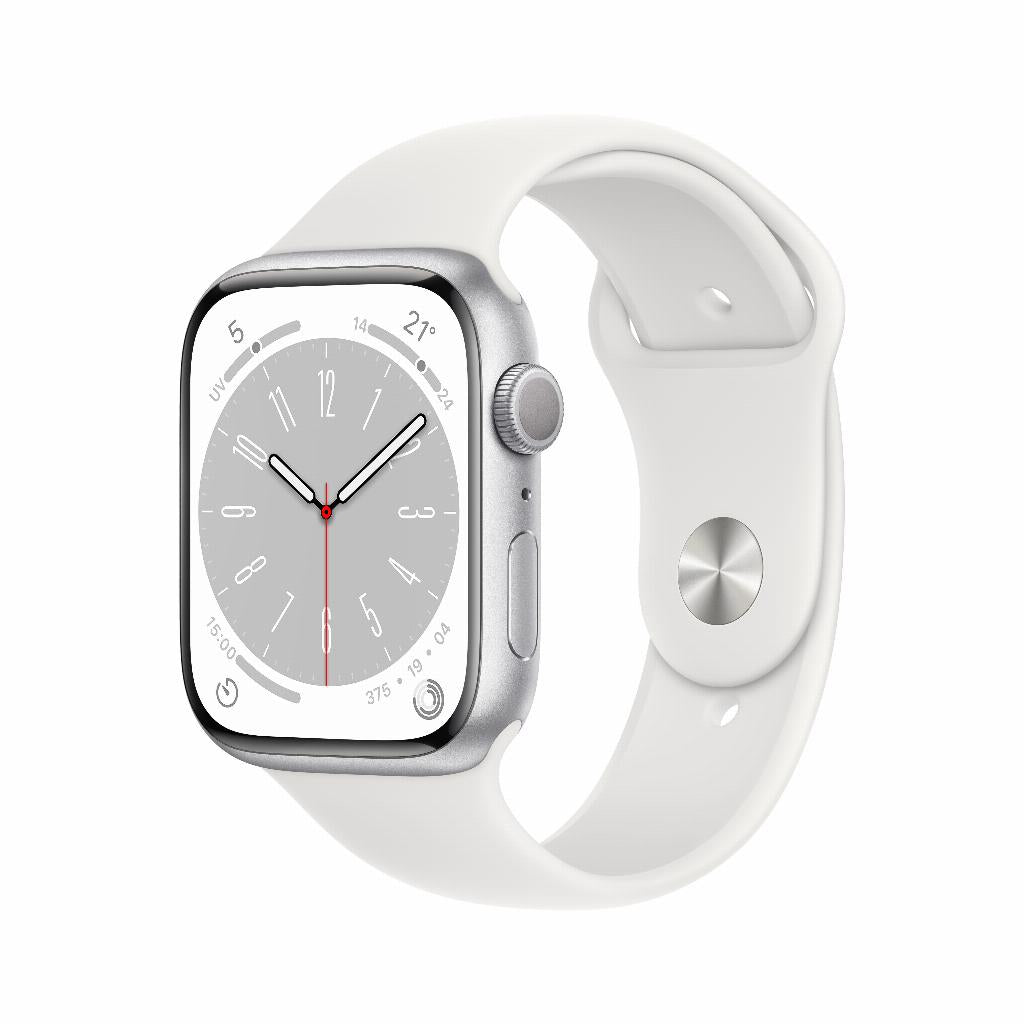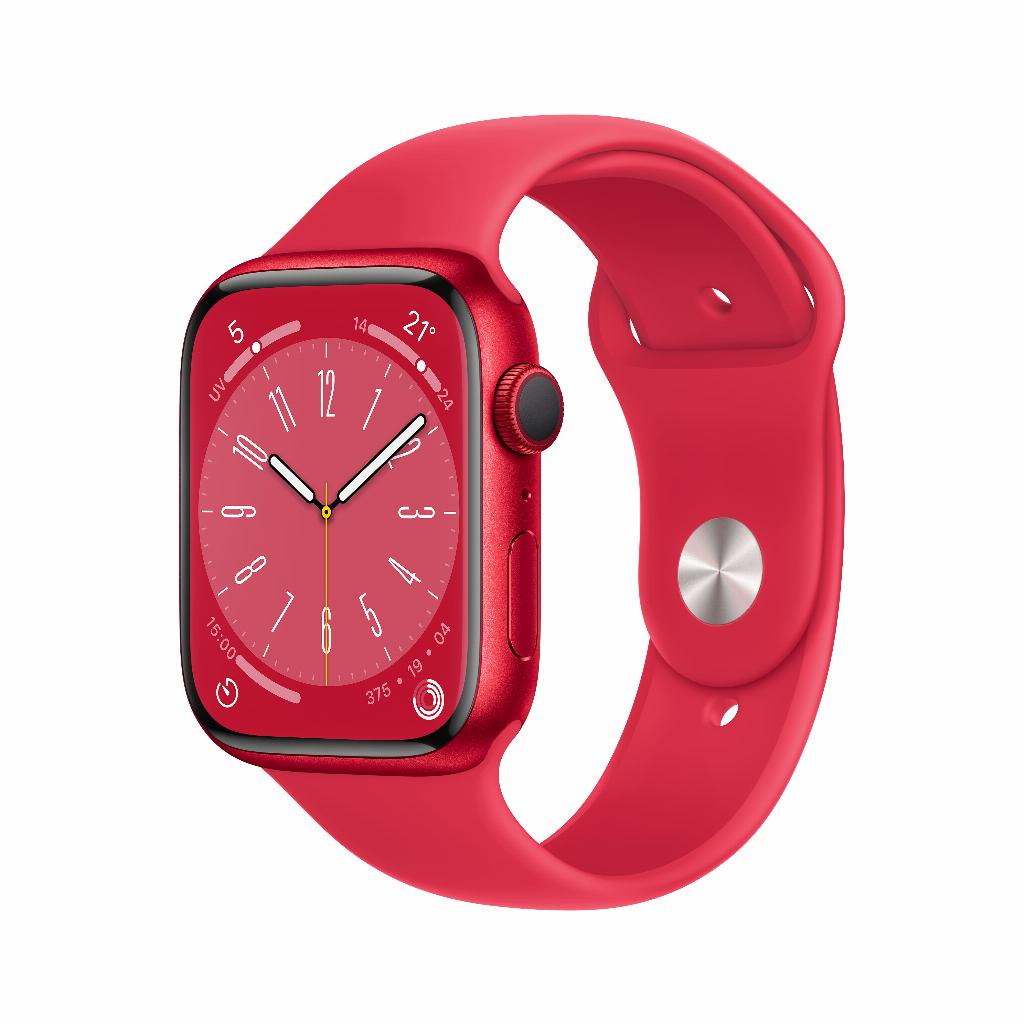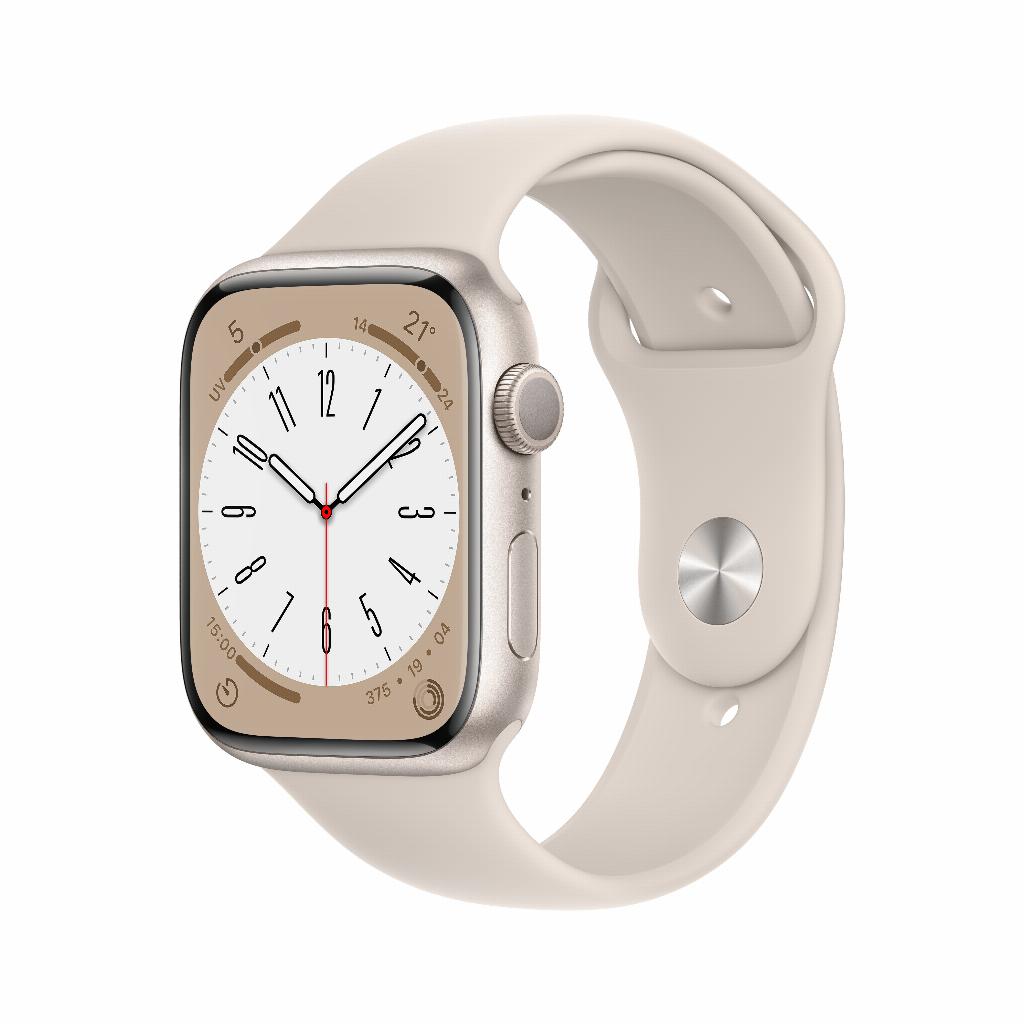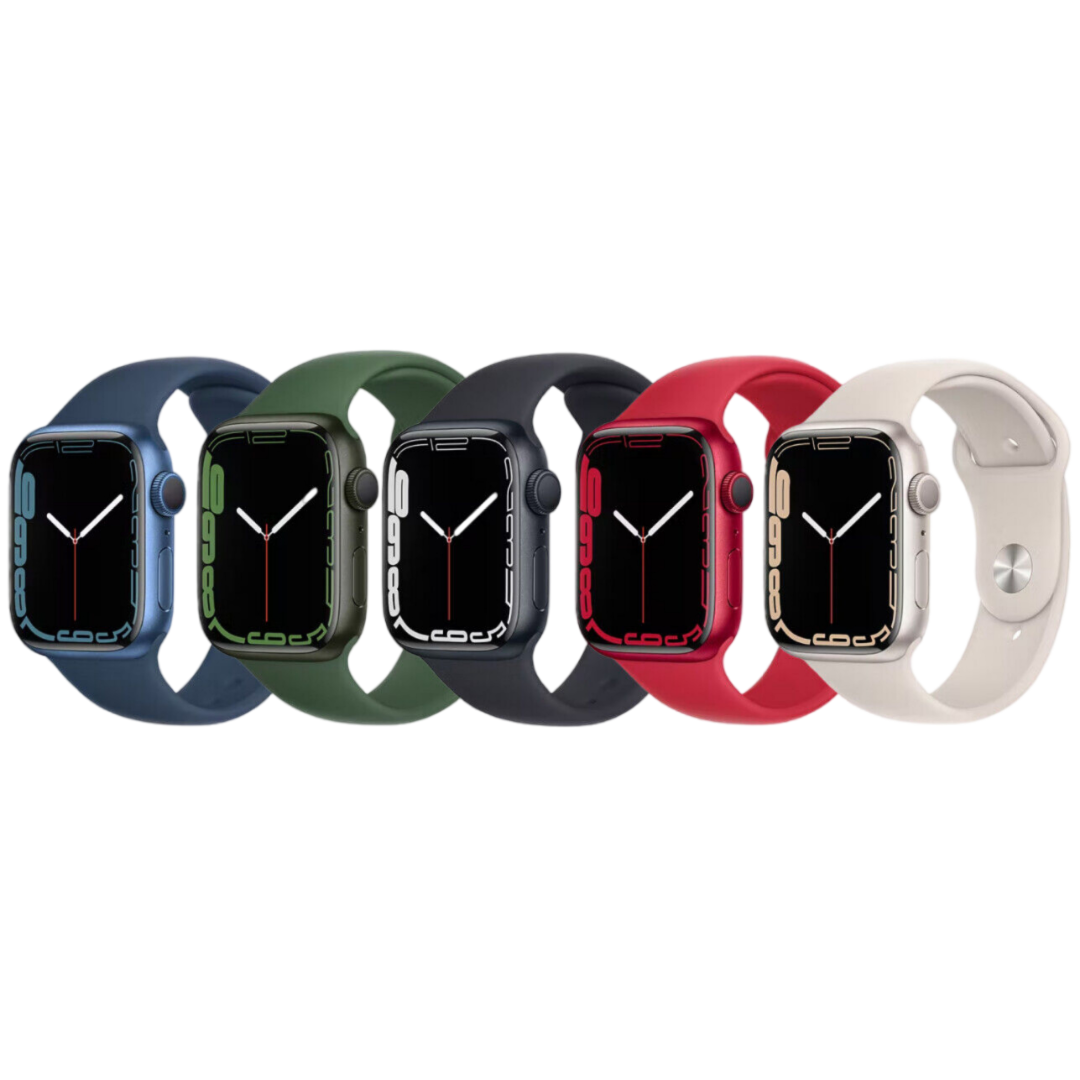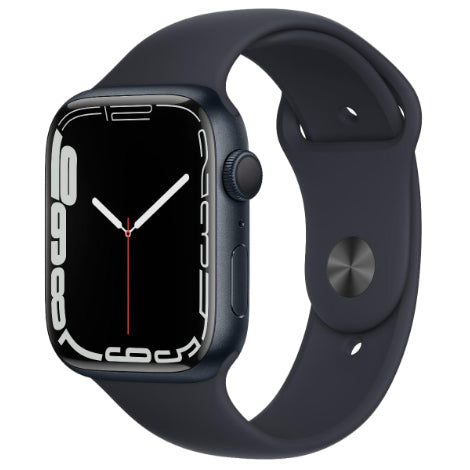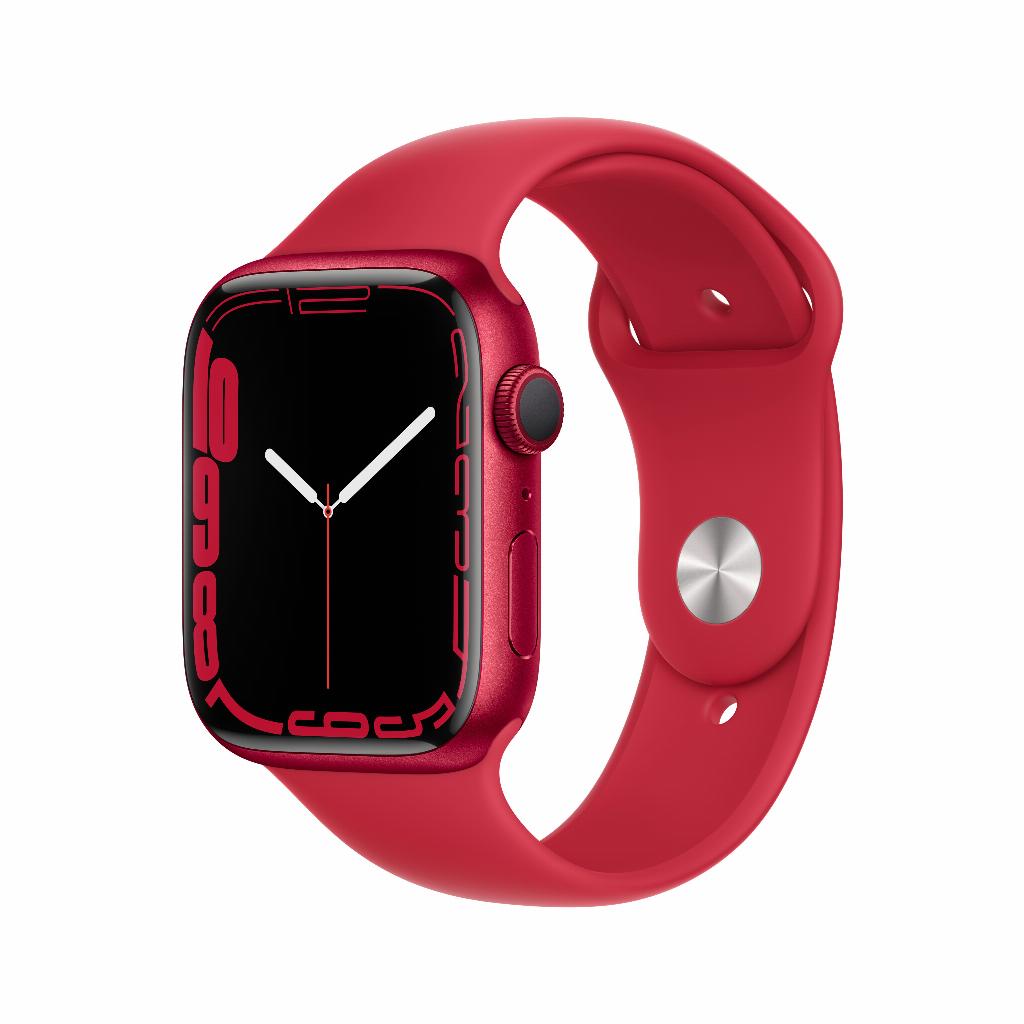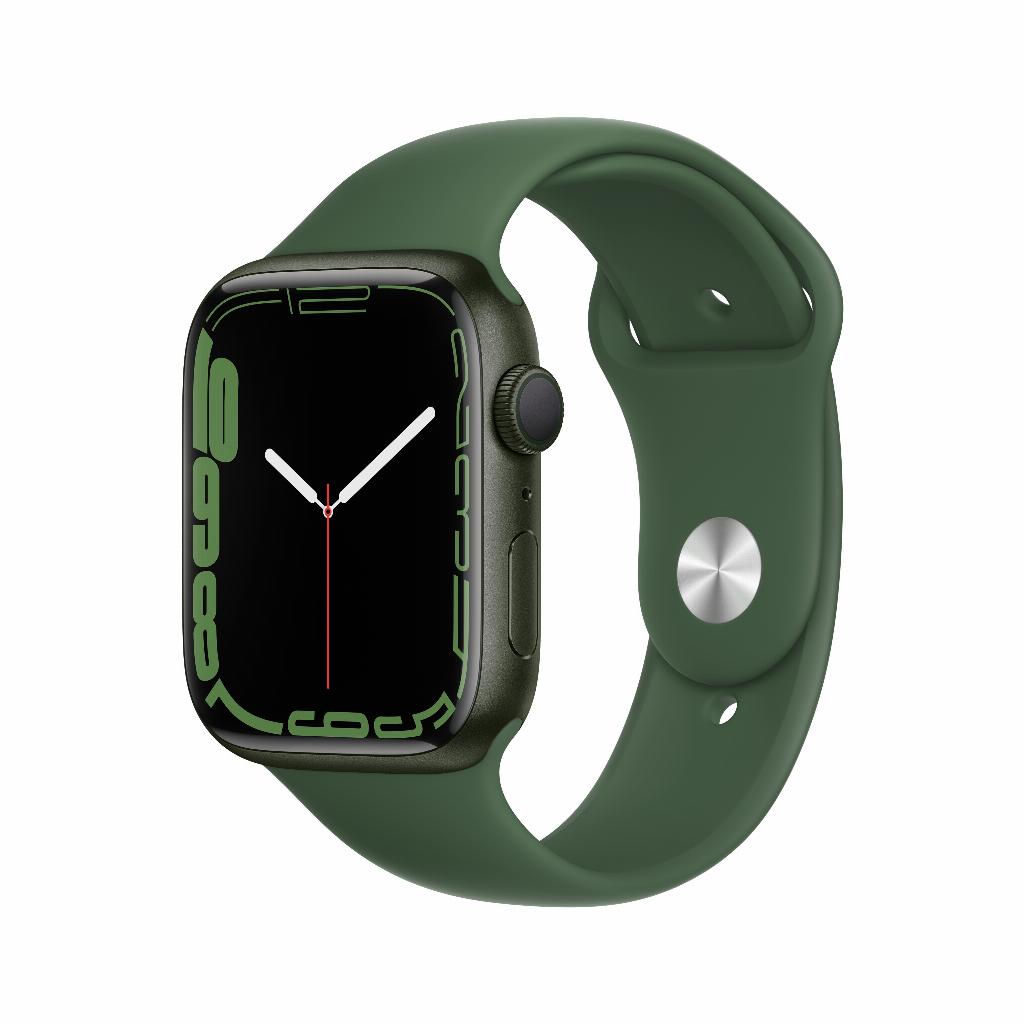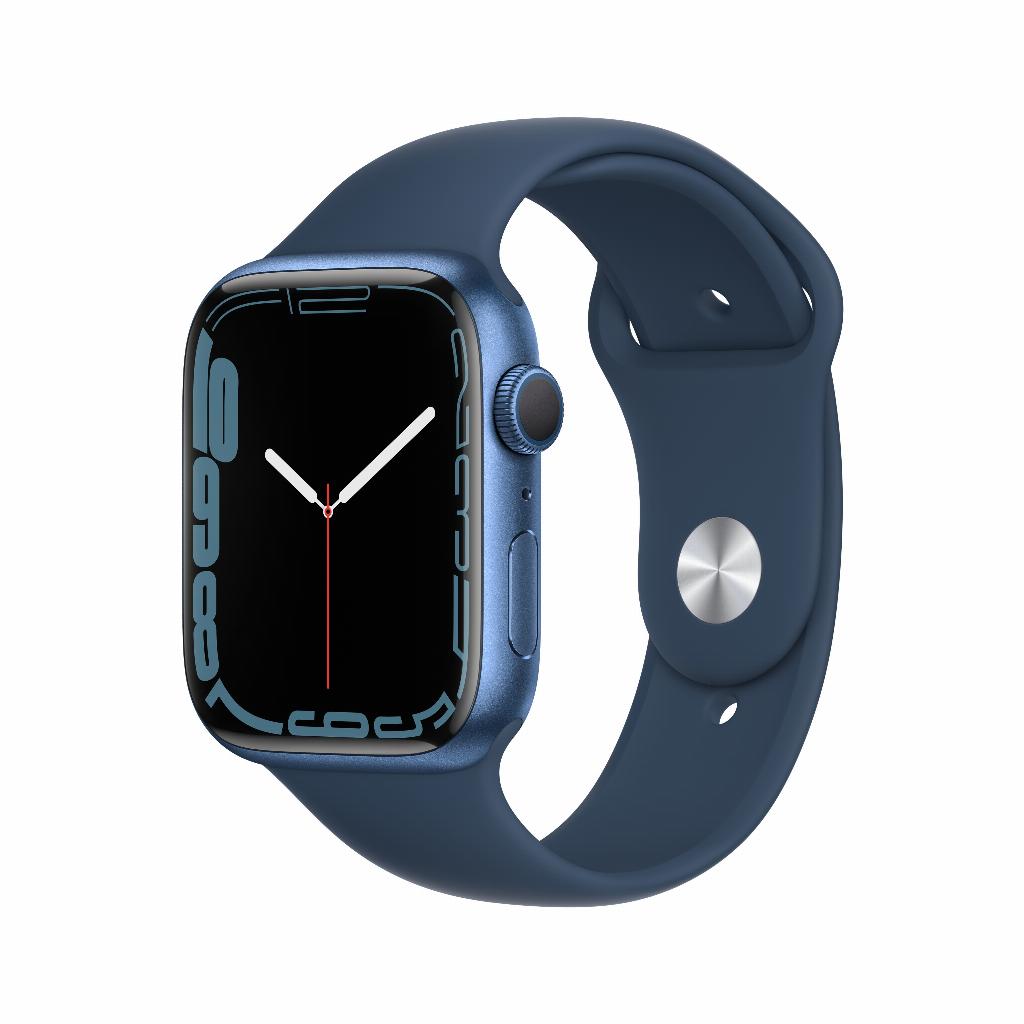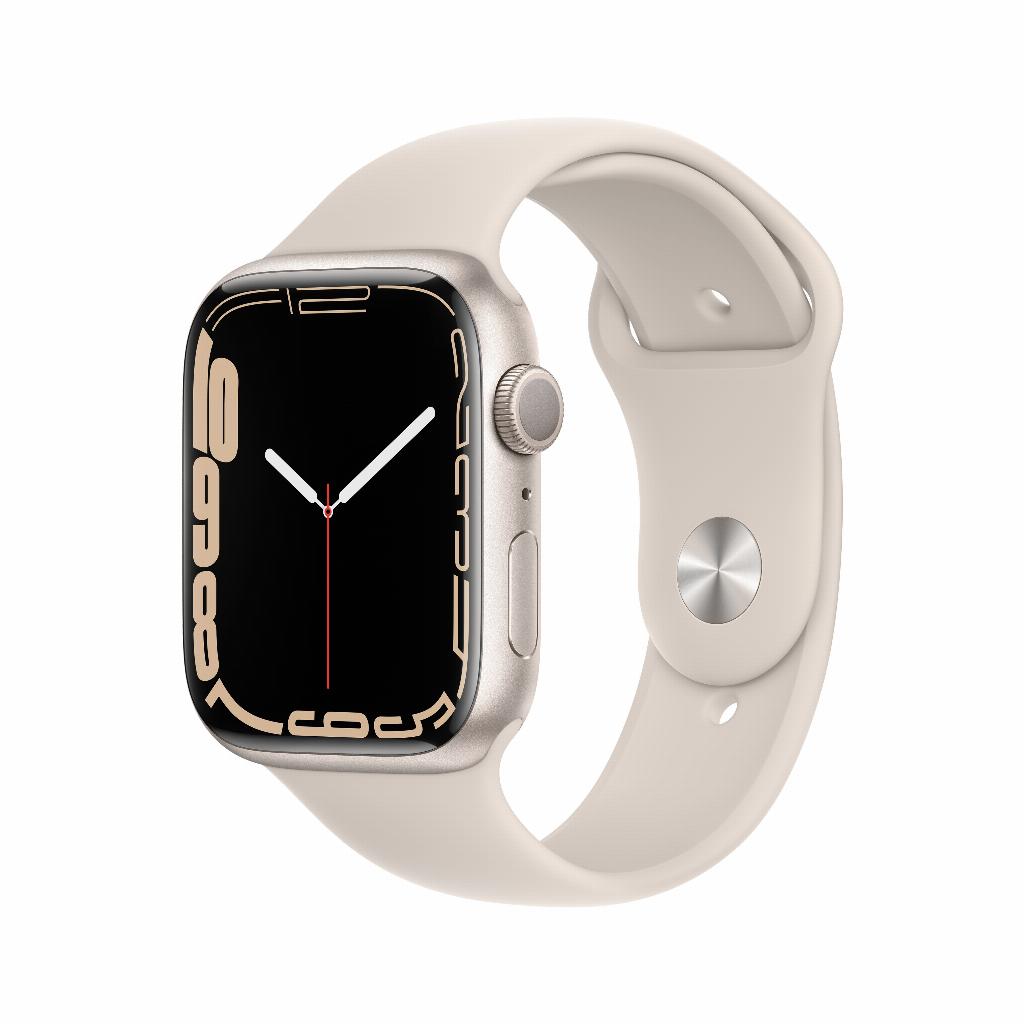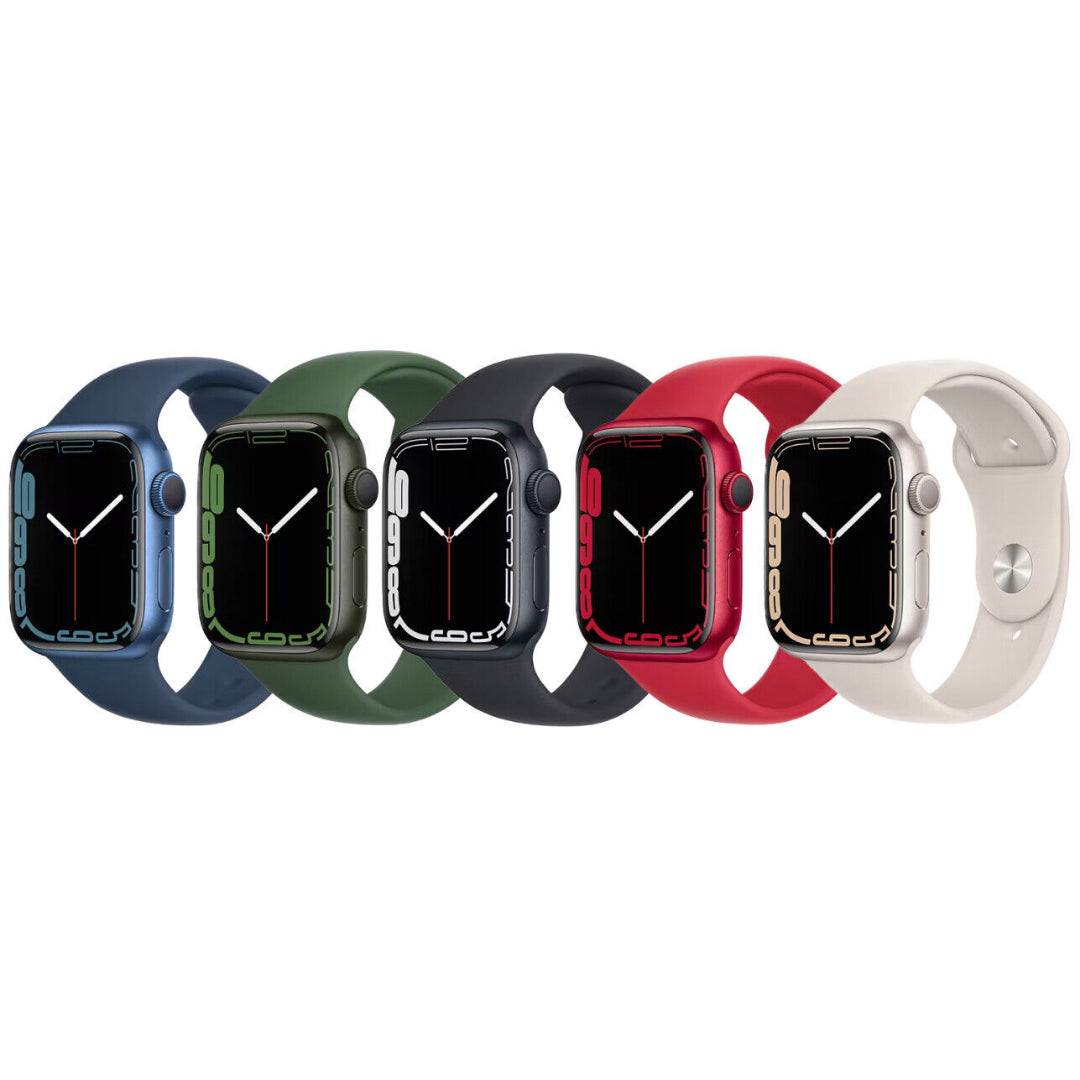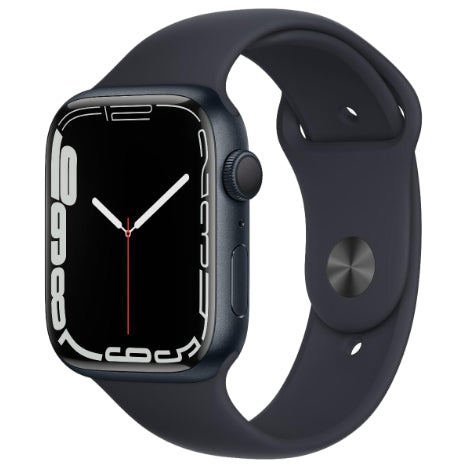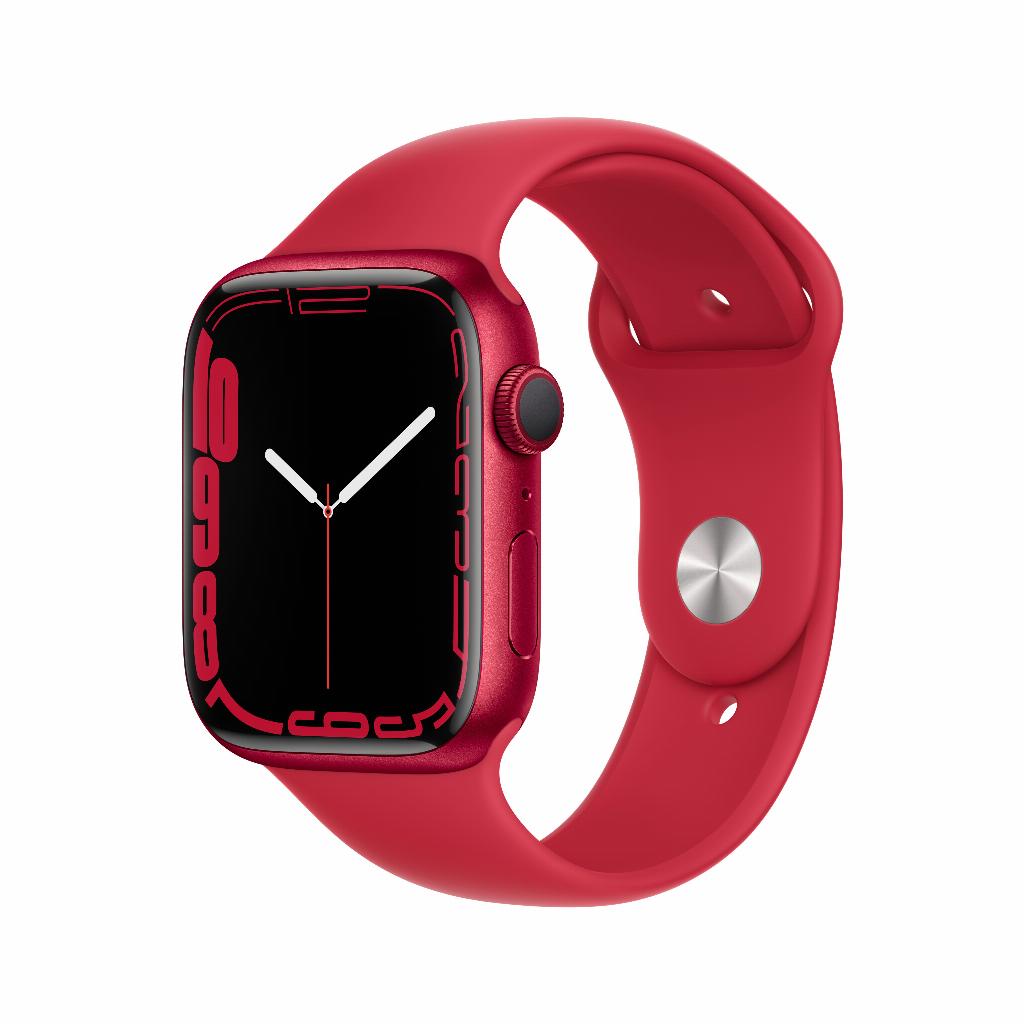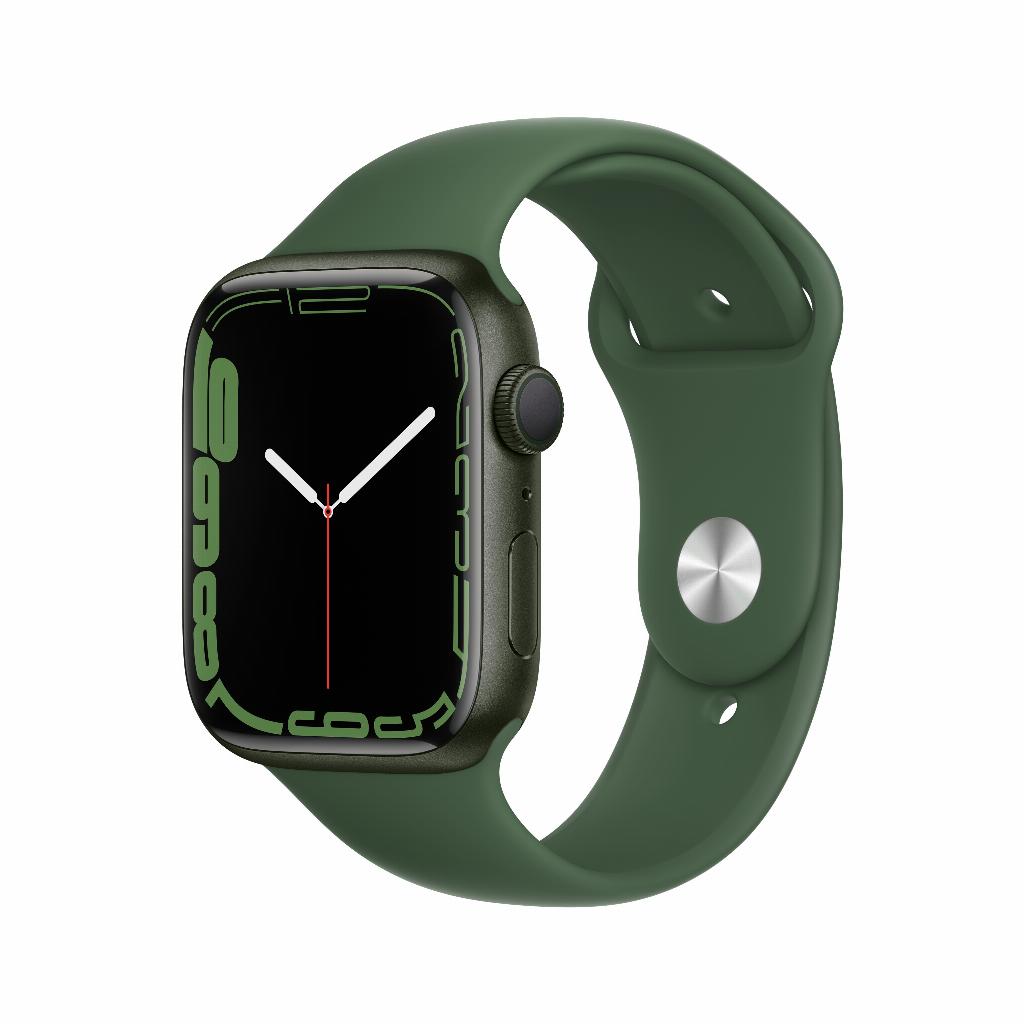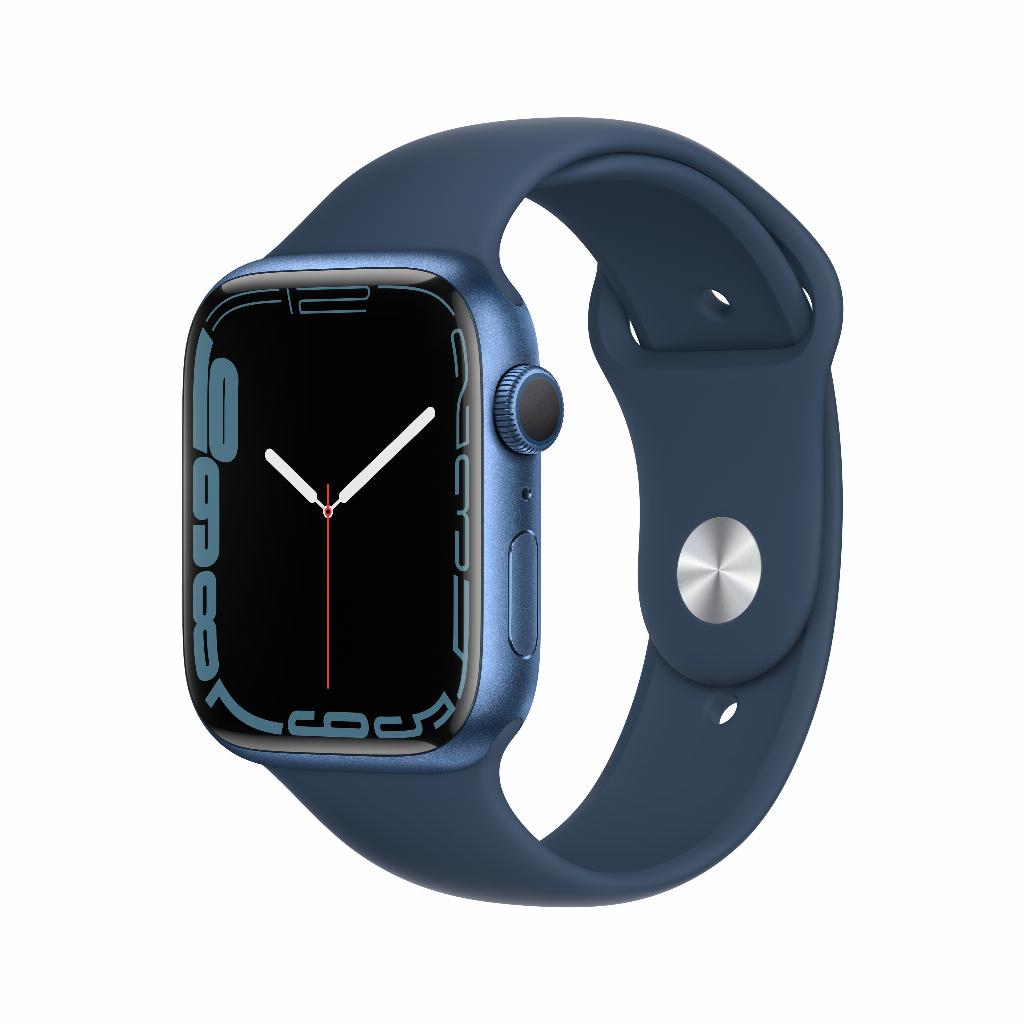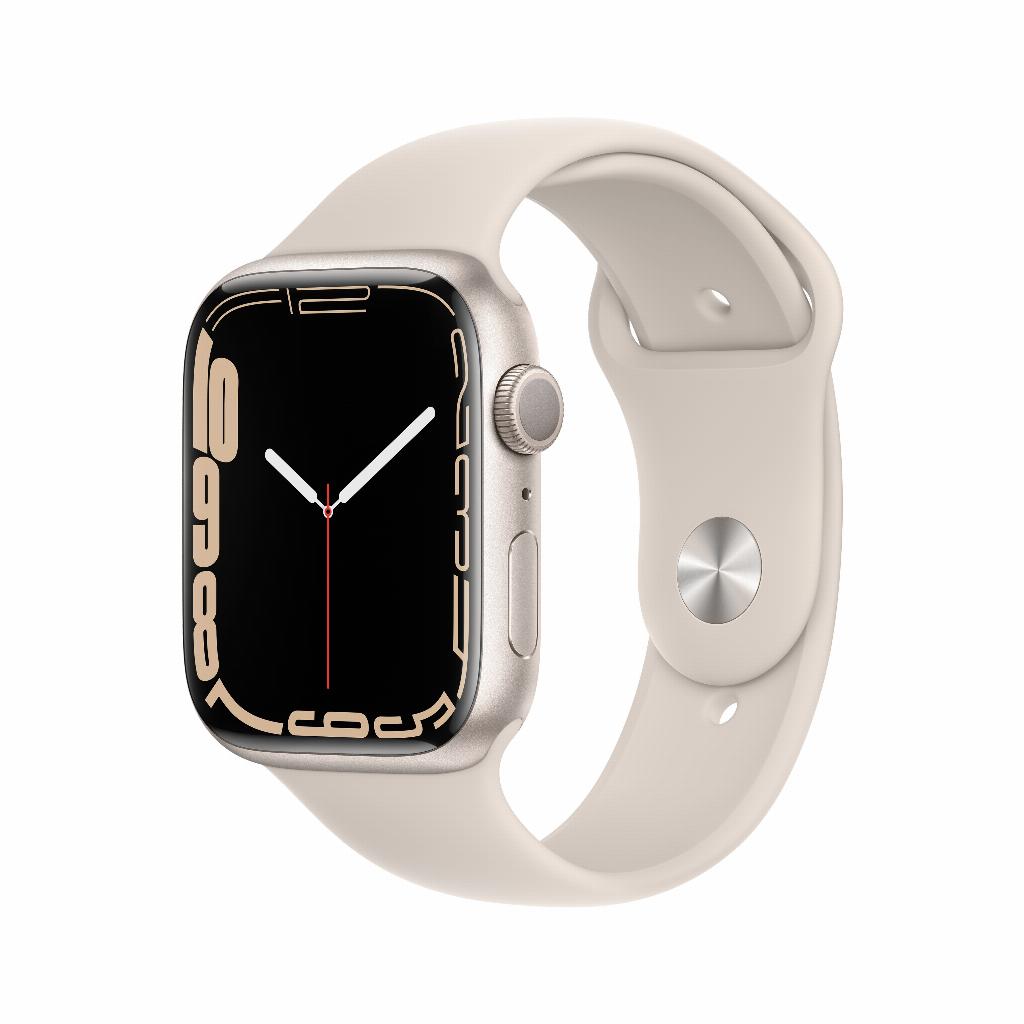Which Apple Watch size really fits your wrist?
38mm, 40mm, 42mm, or 44mm. You're in the store. Or scrolling online. Which Apple Watch really suits your wrist? Too small feels childish. Too big feels like a wall clock on your arm. And then there are different series with varying sizes.
But here's what no one tells you: most people choose wrong . They go for what looks cool instead of what's comfortable. Or they forget that a newer model with the same millimeters feels completely different thanks to its smarter design.
The secret? The screen diameter is only half the story. The ratio to your wrist circumference, the case thickness, and even your daily activities determine which size truly suits you. Time to debunk the millimeter myth.
Useful links
- View all refurbished Apple Watch models
- Discover the Apple Watch Series 8 collection
- Apple Watch SE: the entry-level model
The evolution of Apple Watch screen sizes
The screen diameter of your watch determines not only how it looks, but also how it feels when worn. Over the years, Apple has introduced various sizes, with newer models often offering more screen real estate without significantly increasing the thickness of the case. This means that a 40mm from the Series 6 feels very different from a 38mm from the Series 3, despite the minimal difference in millimeters.
38mm: the compact format
The 38mm version was the smallest size for years and is available for Series 0 through Series 3. This size is ideal for wrists with a circumference of 130-155mm. The compact design makes the watch subtle and light, perfect for those who don't want a flashy gadget on their wrist. The weight difference is especially noticeable during sports activities: a smaller model stays in place better while running or cycling.
The downside of this size is the smaller screen. Reading text or operating apps sometimes requires a bit more precision. Battery life is also slightly shorter due to the smaller casing, which leaves less room for the battery.
40mm: the modern successor
Starting with Series 4, Apple introduced the 40mm to replace the 38mm. A slimmer design means you get more screen space in roughly the same size. This size comfortably fits wrists of 130-170mm. The display is noticeably larger without making the watch feel bulky.
This size offers the perfect balance for many users. You have plenty of screen space for notifications and apps, while the watch doesn't dominate your wrist. The battery lasts approximately 18 hours with normal use, including workouts and heart rate monitoring.
The larger sizes: 42mm and 44mm
42mm: the classic choice
The 42mm size was the largest option for a long time, available from the very first generation through Series 3. Suitable for wrists measuring 150-200mm, this model offers more screen real estate and longer battery life. The larger chassis also means more room for sensors and components, which translates to more stable performance.
This size is more practical for people who use their watch intensively for navigation, reading messages, or fitness apps. The keys on the on-screen keyboard are slightly larger, making typing easier. The larger display is also very useful for presentations or showing photos.
44mm: maximum screen enjoyment
The 44mm version arrived with Series 4 and offers the largest display in the regular line. The edge-to-edge screen gives you about 30% more screen real estate than the old 42mm models. This size is best suited for wrists of 160mm or greater.
The larger screen makes a world of difference when using complications on your watch face. You can see more information at a glance without it looking cluttered. This size is also a great solution for people with less sharp eyesight.
Practical considerations when making your choice
Measure your wrist correctly
Use a measuring tape or a strip of paper to measure your wrist circumference where you normally wear a watch. Measure neither too tightly nor too loosely. Apple provides guidelines for each model, but personal preference also plays a role. Some people like to wear a larger watch as a statement, while others prefer a more understated look.
Think about your daily activities
Do you work a lot at a desk? A smaller model slides more easily under your sleeve and bumps less against your laptop. Do you exercise intensively? A lighter, smaller model stays in place better during movement. Do you mainly use your watch for notifications and fitness? Then a smaller screen is perfectly sufficient. Do you stream videos or use navigation apps? Then choose more screen real estate.
Straps and compatibility
The 38mm and 40mm models share the same straps, as do the 42mm and 44mm versions. This is useful if you're upgrading to a newer model: your existing collection of straps remains usable. Note that sports bands come in different lengths. A small/medium strap fits wrists from 130-180mm, while a medium/large fits wrists from 145-200mm.
Difference between generations
It's important to know that newer models with the same millimeter measurement still feel different. For example, Series 7 and 8 have even thinner bezels, meaning a 41mm model from these series offers more screen real estate than a 42mm one from Series 3. The case thickness has also decreased over the years, which improves wearing comfort.
The display shape has also evolved. While older models were more rectangular, newer versions have more rounded corners that better fit the shape of your wrist. This makes a noticeable difference in how natural the watch feels, especially in larger sizes.
Conclusion: Which size is right for you?
There's no universally accepted "best" size. It's all about the balance between functionality, comfort, and aesthetics. Measure your wrist, consider what you'll primarily use the watch for, and if possible, try different sizes in a store. Remember that a refurbished model from an older series with the same measurement can feel quite different from a newer one. The most important thing is that you feel comfortable with your choice, because an Apple Watch that doesn't fit comfortably will end up in a drawer.
The right choice goes beyond millimeters
The right Apple Watch screen size is about more than just millimeters. Your wrist size, daily routine, and personal preference all determine what works best. A refurbished 40mm model might be perfect for one person, while another swears by a 44mm for the extra screen real estate.
Measure your wrist, consider how you'll use the watch, and don't be swayed by what others are wearing. The watch that fits comfortably and suits your lifestyle is the right choice – regardless of the millimeters on the box.


